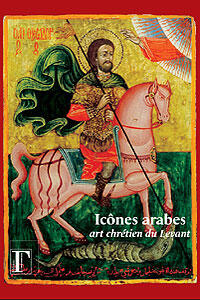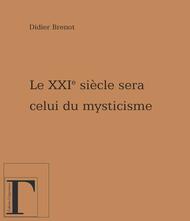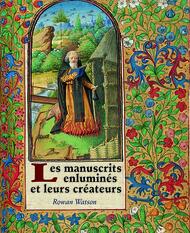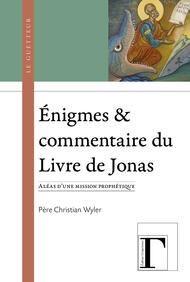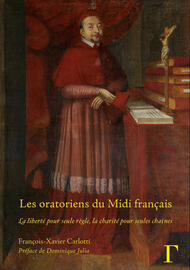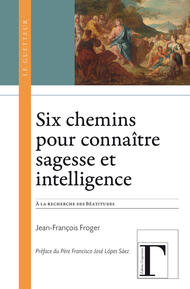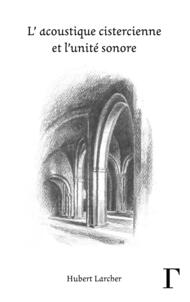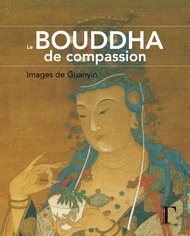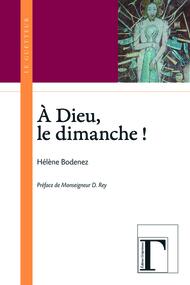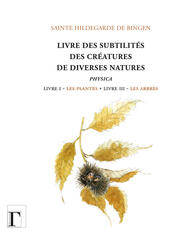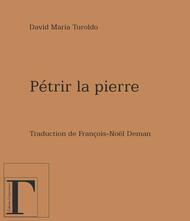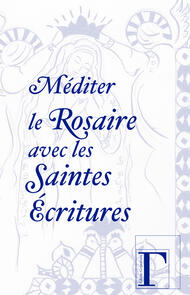Iconos árabes
Arte cristiano de Levante Icônes, objets de culte, manuscrits
- nbpage : 192
- format : 21 x 27 cm
- ISBN : 978-2-914338-05-9
- Precio : 40.00 €
Los iconos de esta exposición (*) proceden de diversas colecciones del Líbano y Siria, y dan testimonio de un arte muy perfeccionado pero mal conocido. Con frecuencia se ignora que existen iconos árabes, es decir, procedentes de un área cultural árabe, que llevan inscripciones en árabe y pertenecen a familias o instituciones cristianas del Patriarcado de Antioquia. Aunque la iconografía arábigo-cristiana ya existía en el siglo XII, se inició en la denominada Escuela de Alep, fundada por el iconógrafo Alep Yusuf, que al principio era una empresa familiar. Yusuf, que posteriormente se llamó Yusuf Al-Musawwir, el Pintor, transmitió su arte a su hijo Nehmet, quien lo transmitió a su vez a su hijo Hanania, y éste a su hijo Girgis. Cuatro generaciones de pintores a los que se unieron muchos otros, anónimos con frecuencia. Los iconos arábigo-cristianos, también denominados melkitas, se inspiran en el estilo postbizantino de las islas griegas y de los Balcanes, y presentan características específicas ya que el arte melkita oscila entre el arte antiguo bizantino y una creatividad arrolladora que sigue las huellas del arte postbizantino. Además de los iconos, la exposición presenta objetos de culto y manuscritos que ponen de relieve el contexto litúrgico y cultural de las imágenes santas. Entre los manuscritos, escritos en las lenguas más habituales de Oriente Próximo, figura en particular la Leyenda de Barlaam y Josafat, el códice arábigo-cristiano iluminado más antiguo Iconos, objetos de culto y manuscritos forman un patrimonio de prestigio, reflejo de una mezcla cultural nacida de la riqueza de los intercambios entre Oriente y Occidente, entre cristianismo e islam transmisión silenciosa de una visión gloriosa: la de la belleza de Dios, manifestada en Cristo, hombre perfecto, que restaura la belleza del hombre creado a imagen y semejanza de Dios. Y quien dice Belleza, dice Verdad y Orden. (*) Esta obra es el catálogo de la exposición Iconos árabes, del Instituto del Mundo Árabe. París (mayo a agosto de 2003)
The icons shown in this exhibition (*) come from various Lebanese and Syrian collections and illustrate an accomplished, yet often misunderstood art. In fact, we are frequently unaware that Arabic icons exist, that is to say the product of a culturally Arabic area, carrying Arabic inscriptions and belonging to Christian families and institutions of the Antioch patriarchy.
Although Arab-Christian iconography pre-exists the 12th Century, it was initiated by what is commonly referred to as the Alep School. Founded by the iconographer Yûsuf of Alep, it started out as a family business. Yûsuf, later referred to as Yûsuf Al-Musawwir, the painter, transmitted his art to his son, Nehmet, who likewise transmitted it to his son Hanania, who, in his turn transmitted the art to his son Girgis, and there we have four generations of artists, joined by many others, the names of whom have often remained anonymous.
The Arab-Christian icons, also called Melkites, were inspired by the post-Byzantine style from the Greek islands and the Balkans and show specific characteristics Melkite art oscillates between a loyal conformism to antique Byzantine art and an ardent creativity in stride with post-Byzantine art.
Beside the icons, the exhibition is also displaying religious artefacts and manuscripts that draw attention to the liturgical and cultural context of holy images. Among the manuscripts, written in the most commonly employed languages of the Middle East is the legend of Balaam and Joasaph, the oldest, most illumined Arab-Christian pharmacopoeia reference in existence.
Icons, religious artefacts and manuscripts comprise a prestigious and under-estimated heritage, a reflection of a cultural mixture that emerged from a rich exchange between the West and the East, between Christianity and Islam - a silent transmission of a vision of glory: that of the beauty of God manifested in the perfect Christ man, restoring mans beauty created in the image of God. He who speaks of Beauty, speaks also of Truth and Order.
This work is the catalogue of the Arabic icon exhibition presented at the Arab World Institute (IMA) in Paris, France, from May to August 2003.
Los iconos de esta exposición (*) proceden de diversas colecciones del Líbano y Siria, y dan testimonio de un arte muy perfeccionado pero mal conocido. Con frecuencia se ignora que existen iconos árabes, es decir, procedentes de un área cultural árabe, que llevan inscripciones en árabe y pertenecen a familias o instituciones cristianas del Patriarcado de Antioquia. Aunque la iconografía arábigo-cristiana ya existía en el siglo XII, se inició en la denominada Escuela de Alep, fundada por el iconógrafo Alep Yusuf, que al principio era una empresa familiar. Yusuf, que posteriormente se llamó Yusuf Al-Musawwir, el Pintor, transmitió su arte a su hijo Nehmet, quien lo transmitió a su vez a su hijo Hanania, y éste a su hijo Girgis. Cuatro generaciones de pintores a los que se unieron muchos otros, anónimos con frecuencia. Los iconos arábigo-cristianos, también denominados melkitas, se inspiran en el estilo postbizantino de las islas griegas y de los Balcanes, y presentan características específicas ya que el arte melkita oscila entre el arte antiguo bizantino y una creatividad arrolladora que sigue las huellas del arte postbizantino. Además de los iconos, la exposición presenta objetos de culto y manuscritos que ponen de relieve el contexto litúrgico y cultural de las imágenes santas. Entre los manuscritos, escritos en las lenguas más habituales de Oriente Próximo, figura en particular la Leyenda de Barlaam y Josafat, el códice arábigo-cristiano iluminado más antiguo Iconos, objetos de culto y manuscritos forman un patrimonio de prestigio, reflejo de una mezcla cultural nacida de la riqueza de los intercambios entre Oriente y Occidente, entre cristianismo e islam transmisión silenciosa de una visión gloriosa: la de la belleza de Dios, manifestada en Cristo, hombre perfecto, que restaura la belleza del hombre creado a imagen y semejanza de Dios. Y quien dice Belleza, dice Verdad y Orden. (*) Esta obra es el catálogo de la exposición Iconos árabes, del Instituto del Mundo Árabe. París (mayo a agosto de 2003)
